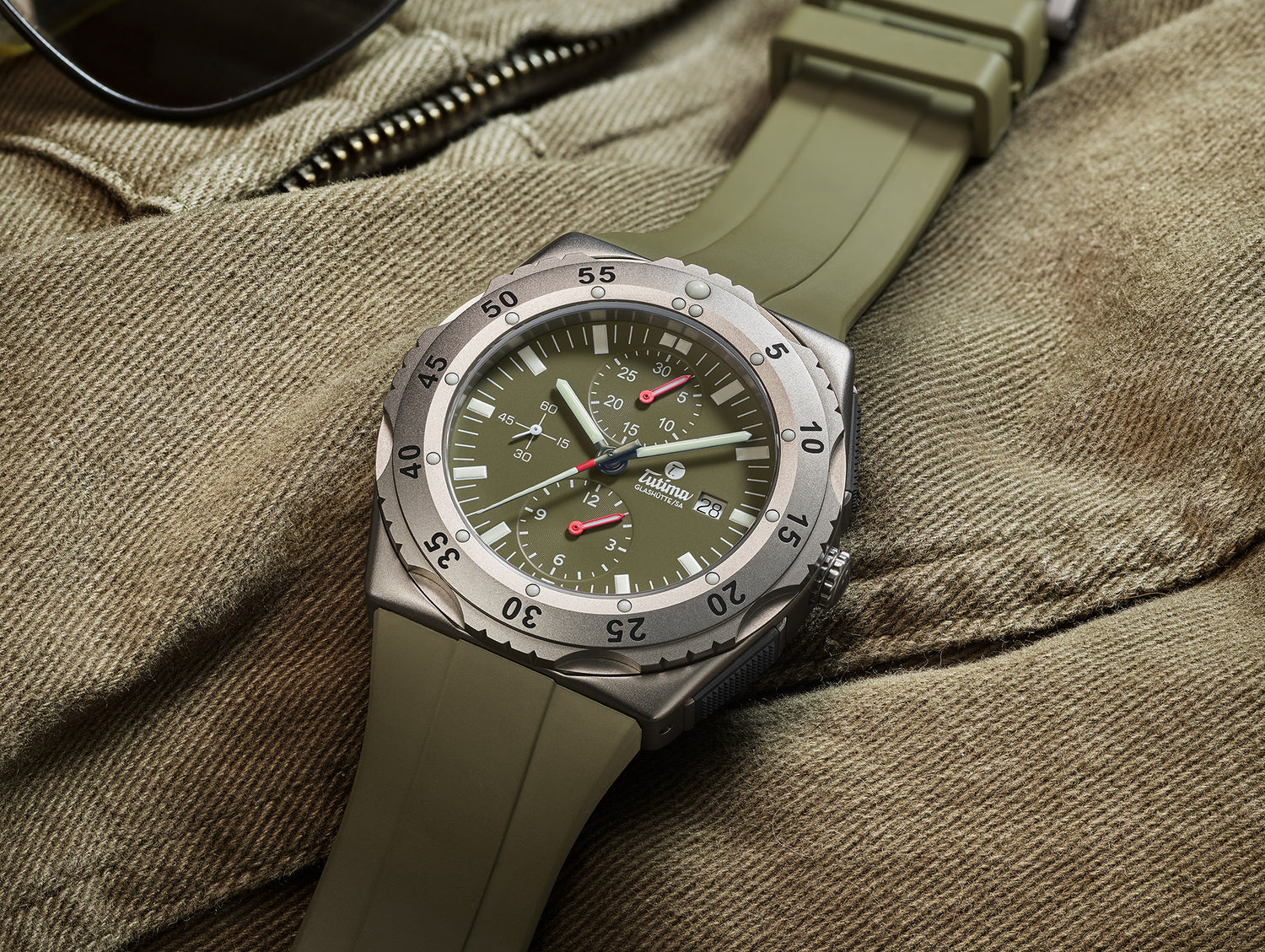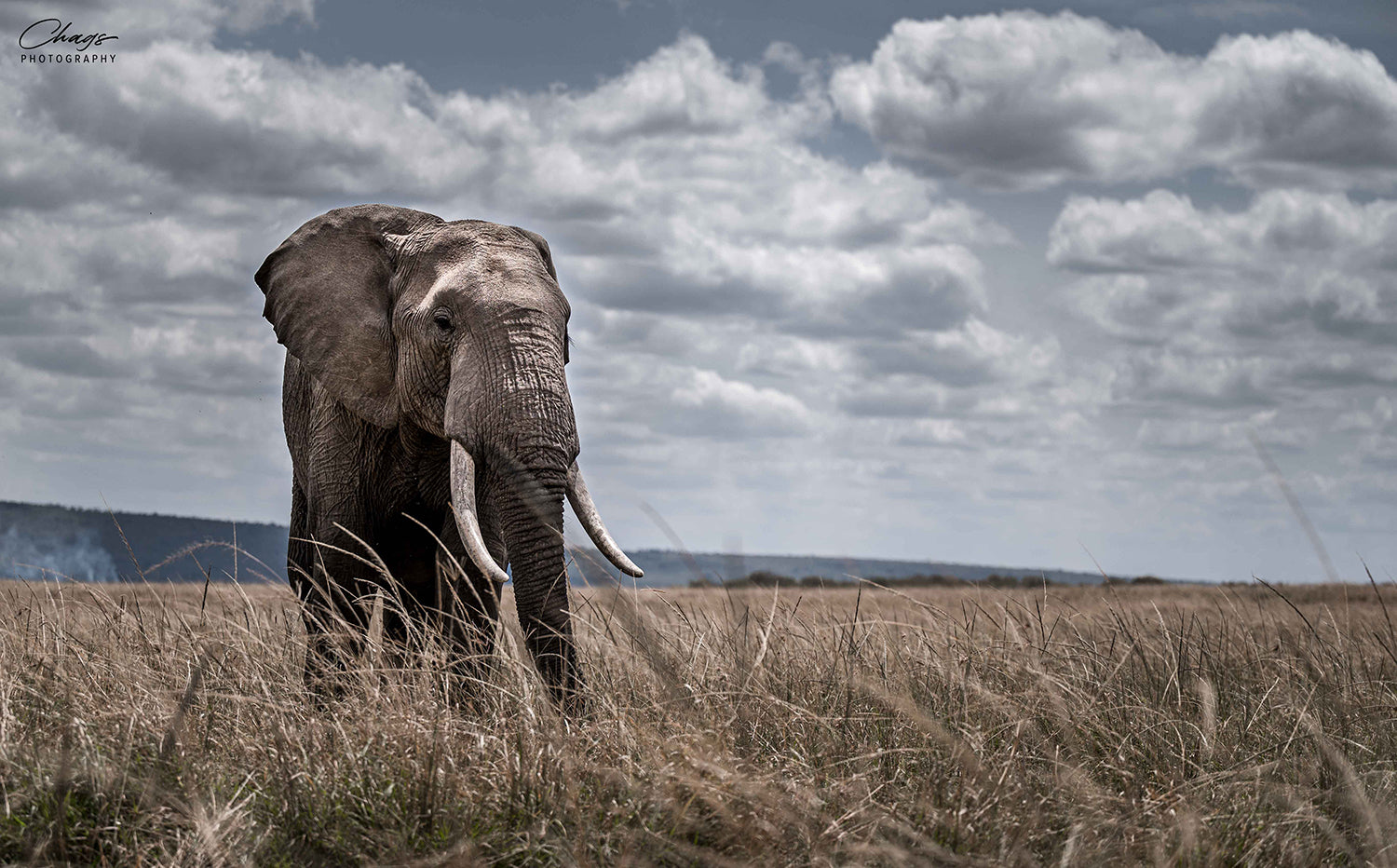

Tutima Protects What's Important: New Mara Safari Chronograph, Limited to 250 Pieces
Tutima Glashütte supports the important work of the Mara Elephant Project, which protects the ecosystem and habitat of wild elephants living in the Serengeti National Park in Tanzania and the Masai Mara National Reserve in Kenya. Only one watch has arrived in Japan at Comptoine, a watch and jewelry boutique. Please come and see it for yourself!

Built for every adventure – in and out of Africa
Mara Safari Chronograph
6451-53 (Military Green Dial) Tutima Cal.310 Automatic (28800Vph) Case diameter: 46.5mm Case thickness: 16mm
Grade 2 titanium case Water resistant to 30 ATM Unidirectional bezel (titanium)
Rubber strap / pin buckle (titanium) 60 second counter / 30 minute counter / 12 hour counter Small second date display ¥767,800 (tax included) ¥698,000 (main unit)

What is the Mara Elephant Project?
The Mara Elephant Project protects elephants and their habitats in the African savannah and promotes peaceful coexistence between humans and wildlife.

Mara Elephant Project
1. Poaching
In 2011, parts of Africa reported the highest poaching levels on record.
In 2012, 96 elephants were poached in the Gelatar Mara Ecosystem.
Researchers estimate that around 38,000 elephants are killed each year for the illegal ivory trade.
2. Conflict
In 2015, the population around the Masai Mara was growing rapidly, with an annual growth rate of 10.5%, more than three times the global average. This population growth is causing settlement expansion, wildlife poaching, deforestation, and ecosystem fragmentation, accelerating human-wildlife conflict. We are zoning the area around the Mara to ensure that land use and wildlife conservation are compatible.
3. Habitat protection
Kenya's forests are very important habitat for elephants and play an important role as the main source of water for Kenya. Efforts are being made to protect important habitats such as Mau, Loita and Nyaweli forests.